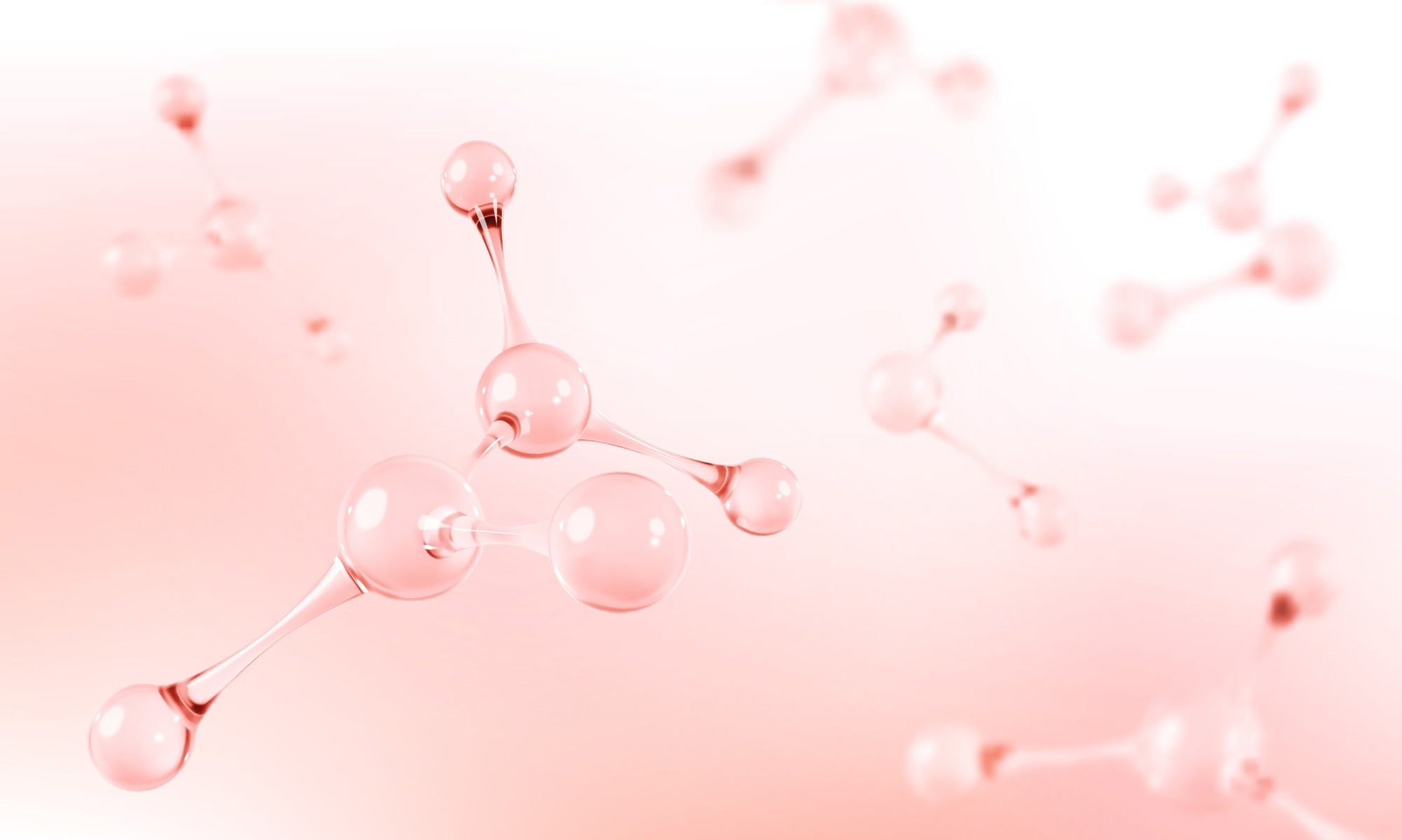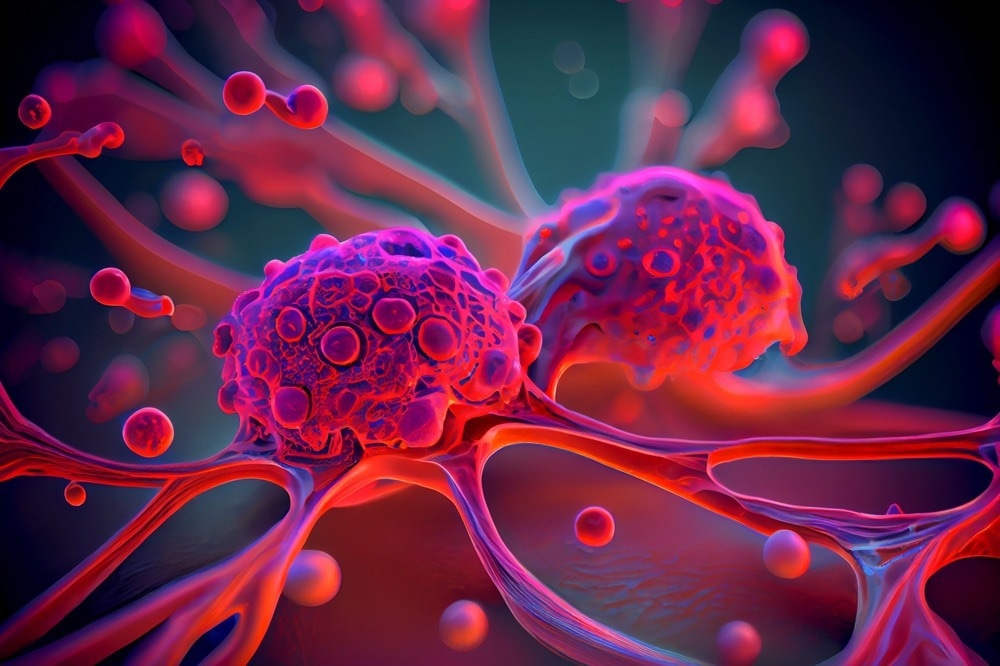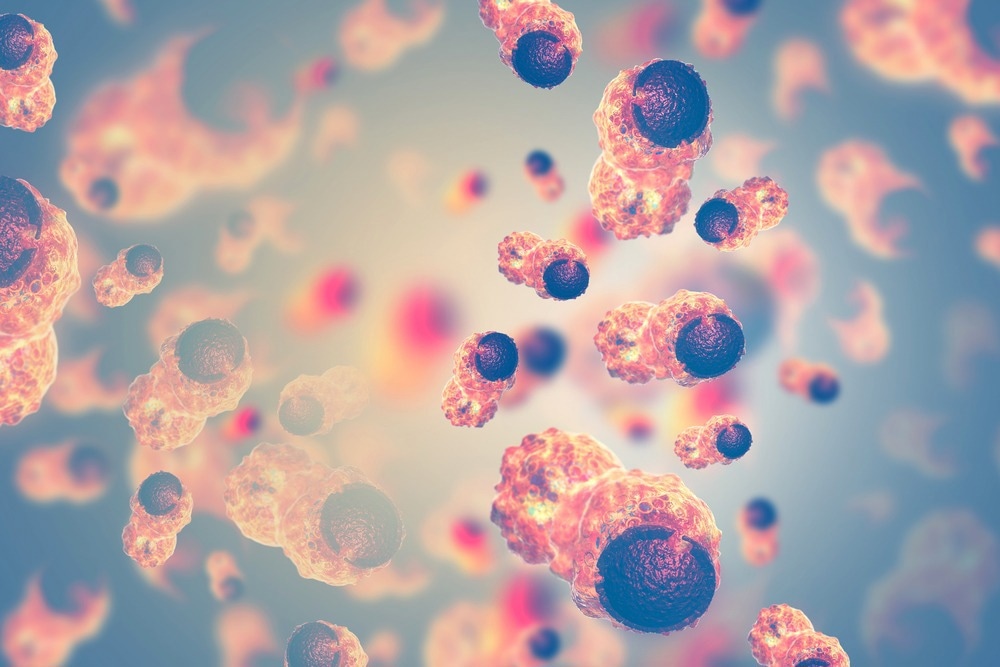Jun 5 2024
In this interview, Michael Allen, the Vice President of Products and Marketing at Metrohm Spectro, Inc., talks to AZoM about Raman spectroscopy and how it can be used in biomedical applications and sustainable farming.
Let's start with the basics. Could you explain what Raman spectroscopy is and how it works?
Of course. Raman spectroscopy is a technique that provides a fingerprint spectrum for molecules. It works by shining laser light onto a molecule, which scatters the light. This scattered light forms sharp peaks that can identify and quantify molecules. The process is somewhat inefficient, with only one in a million photons resulting in a Raman photon, but it's incredibly effective for identification.

Image Credit: Vector_Artisit/Shutterstock.com
What makes Raman spectroscopy so advantageous compared to other techniques?
Raman spectroscopy is non-destructive and requires little to no sample preparation, making it ideal for rapid analysis. It also provides immediate results and can be used in various formats, such as handheld, laboratory, or process instruments. Additionally, it doesn't interfere with water, which is essential for biological applications.
Speaking of biology, how is Raman spectroscopy being used in biomedical applications, especially cancer detection?
Raman spectroscopy is proving valuable in cancer detection because it's non-destructive, highly selective, and offers limited interference from other substances. For example, in breast cancer surgeries, Raman can help determine if any cancerous tissue is left behind after tumor excision, aiding in faster pathology results and reducing patient discomfort.

Image Credit: Kateryna Kon/Shutterstock.com
How is this applied during surgery?
Surgeons can use a Raman spectrometer to analyze the margins of a tumor. Negative margins indicate that the tissue around the tumor is cancer-free, while positive margins mean cancer cells are still present. Using a Raman spectrometer and sampling with either with a microscope or a handheld probe, surgeons can make more informed, real-time decisions during the procedure.
Can you share more about the equipment used in these applications?
Our research used the i-Raman spectrometer, a benchtop instrument combining a laser and spectrometer in one unit. With fiber optic cables and either a microscope or a handheld probe, this setup allows us to focus the light on the sample and analyze the emitted Raman scattering.
What other types of cancer have been studied using Raman spectroscopy?
Besides breast cancer, researchers have also studied thyroid cancer, colon cancer, and skin cancer using both handheld and laboratory instruments. Raman's precision and non-destructive nature make it suitable for diagnosing various cancer types.

Image Credit: crystal light/Shutterstock.com
Let's shift to another fascinating application—monitoring plant health. How is Raman spectroscopy used in agriculture?
Raman spectroscopy is excellent for monitoring plant health, especially under stress conditions like drought or temperature extremes. By analyzing the Raman spectra of amino acids like phenylalanine and proline, researchers can differentiate between control, drought-stressed, drought-stressed, and temperature-stressed plants. This helps sustainable farming, as we can determine optimal harvesting times and assess plant conditions.
How does Raman spectroscopy contribute to sustainable farming?
Raman allows us to analyze plants in real-time, helping to optimize cultivation techniques, determine the right time to harvest, and even identify diseases and contaminants. It's a portable and versatile tool crucial for fieldwork and immediate decision-making in agriculture.

Image Credit: Jacob Lund/Shutterstock.com
What about its use in food and beverage production?It's incredible how Raman spectroscopy is being applied in so many areas.
Raman spectroscopy is widely used in fermentation monitoring for biopharmaceuticals and beverages like beer and wine. By analyzing ethanol concentration and other metabolites, we can monitor fermentation in real-time, ensuring consistent product quality. The technique also helps detect adulteration in foods, enhancing food safety.
Could you give an example of how Raman is used in brewing or wine production?
In brewing, Raman spectroscopy can monitor ethanol concentration during fermentation, tracking its increase over time at a specific peak around 880 wavenumbers. This helps brewers stop the process immediately, ensuring consistent quality. In winemaking, Raman can detect acetic acid, which indicates spoilage, providing real-time insights into the quality of the wine.
What does the future look like for Raman spectroscopy?
The future is promising. Raman spectroscopy is versatile, portable, and has diverse applications, from healthcare and agriculture to food production. With advancements in handheld and process instruments, Raman is poised to become even more integral in scientific and industrial advancements, offering real-time, non-destructive analysis across various sectors.
About Michael Allen
Michael Allen is the Vice President of Products and Marketing at Metrohm Spectro, Inc. He earned a Ph.D. in Bioanalytical chemistry from the University of Kansas and conducted post-doctoral research at Louisiana State University. Dr. Allen has acquired more than two decades of experience in various roles that involve integrating instrumentation, software, and analytical chemistry. His leadership and practical approach have proved successful over the years as he played an integral part of the development and launch of over a dozen instruments in the spectroscopy, chromatography, and life science analyzer markets. Dr. Allen's focus is on making science accessible through better instrumentation and marketing.
About Metrohm Spectro Inc.
Metrohm Spectro Inc. is located in Plainsboro, NJ and operates as the Raman Spectroscopy division of Metrohm created for the recent acquisitions of B&W Tek, Innovative Photonic Solutions, and Snowy Range Instruments, now known as Metrohm Raman. These companies work together to provide global support for customers and proudly uphold the values that Metrohm has stood on since it was founded in 1943. Metrohm Spectro Inc. offers various components, subassemblies to fully loaded modules and applications in photonics, spectroscopy, and electrochemistry. These products can be found online at both www.metrohm.com and www.m-oem.com.
Disclaimer: The views expressed here are those of the interviewee and do not necessarily represent the views of AZoM.com Limited (T/A) AZoNetwork, the owner and operator of this website. This disclaimer forms part of the Terms and Conditions of use of this website.